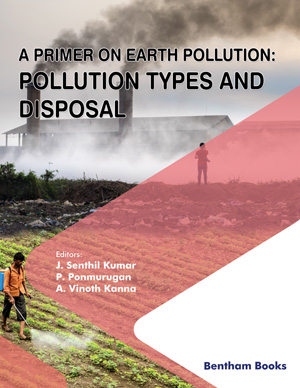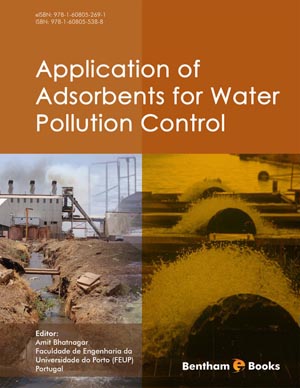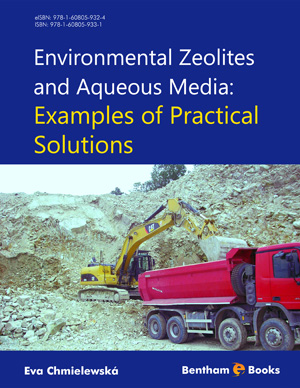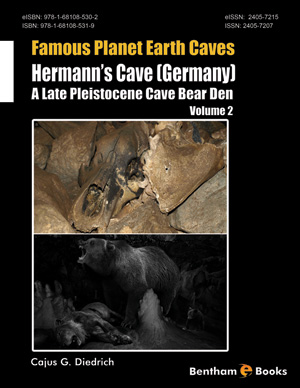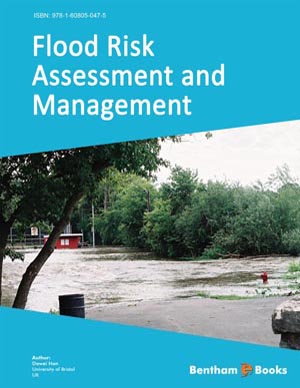Abstract
A decade of Swedish academic research on zeolites used for improved nutrient recovery from decentralized domestic wastewater treatment is presented here. Especially source separating systems (urine separation) for toilet wastewater were developed since the late ´80s in northern Europe and sustainable ways of nutrient use and reuse were tested and introduced aiming not only to close the nutrient cycles and render them safe, but also to close local water cycles. In this way, sustainable nutrient and water management also significantly contribute to solve a number of problems like eutrophication, hygienic issues, water pollution with organic and inorganic toxic pollutants, endocrine disruptors, drug residues, etc. However, source separation and separate handling of toilet wastes are not problem-free: collection, storage and handling of human excreta, transport and acceptance of nutrients by the farmers, spreading and farm-management are still not fully developed. To meet almost all of the above presented problems, new, simple and robust technologies using zeolites and struvite formation as main steps to recover nutrients (e.g., N, P, K, Ca, Mg, S) from human excreta (especially urine) and transform them in solid, easy manageable fertilizers can be a real option. The central role of zeolites (especially clinoptilolite) in the nutrient (N and P) recovery from separated human urine is in focus in this presentation. The results clearly show that the quality of zeolite, the grain size and the ionic strength of the solution (urine) affect the process. N uptake by zeolite in combination with struvite precipitation (MgO addition to urine) could recover 64-80% of the N and 100% of the P in laboratory tests. The N recovery from fresh and stored human urine is a complex process affected by both the amounts of MgO and zeolite added. MgO contributes to struvite formation with ca 10% uptake of the ammonium-N in urine and the added zeolites can ion-exchange the rest. To some extent the P recovery through MgO addition was affected also by the zeolite adsorbing small amounts of P probably on its structural sites (hydrous oxides). Optimal combined recovery of N and P occurred at added concentrations of 0.1 g of MgO and 15-30 g of zeolite per liter stored and diluted urine and is dependent on the initial N and P concentrations of the urine. The changes in pH and the acute toxicity to Daphnia magna of the remaining supernatant solutions indicate some ampholitic behaviour of the zeolite in contact with neutral to strongly basic solutions. The zeolite itself showed to be non-toxic in the toxicity tests. Shortterm climate chamber experiments on wheat and barley showed that the nutrients recovered from urine as zeolite-struvite mineral mix (ZSM) and used in proper amounts act as a good nutrient source, fully comparable with DAP (di-ammonium-phosphate) and CaP (mono-calcium-phosphate) slow release commercial fertilizers.
Keywords: Zeolite, clinoptilolite, struvite, MAP, magnesium oxide, urine, nitrogen, ammonium, urea, phosphorus, ecosan, recycling, fertilizer, sustainable sanitation, nutrient recovery, toxicity, zeo-agriculture, zeolite-struvite-mix, DAP, plant availability.



